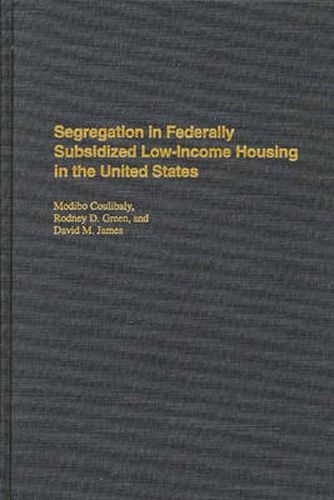Readings Newsletter
Become a Readings Member to make your shopping experience even easier.
Sign in or sign up for free!
You’re not far away from qualifying for FREE standard shipping within Australia
You’ve qualified for FREE standard shipping within Australia
The cart is loading…






Earlier studies of subsidized housing assume that segregation is a manifestation of white prejudice, and that the Fair Housing Act of 1968 would significantly remedy inequalities in housing and, in the process, narrow the socioeconomic gap between racial groups. This book argues, on the contrary, that segregation by race and income has been an integral part of federal housing policy from its inception and that white prejudice merely obscures the federal government’s role in maintaining segregation.
Despite formal claims of providing decent, safe, and sanitary housing for the poor, the authors show how federal low-income housing programs have been used as instruments of urban renewal while doing little to realize their formal goals. The authors use a historical and statistical review of federally subsidized low-rent housing to demonstrate their thesis.
$9.00 standard shipping within Australia
FREE standard shipping within Australia for orders over $100.00
Express & International shipping calculated at checkout
Earlier studies of subsidized housing assume that segregation is a manifestation of white prejudice, and that the Fair Housing Act of 1968 would significantly remedy inequalities in housing and, in the process, narrow the socioeconomic gap between racial groups. This book argues, on the contrary, that segregation by race and income has been an integral part of federal housing policy from its inception and that white prejudice merely obscures the federal government’s role in maintaining segregation.
Despite formal claims of providing decent, safe, and sanitary housing for the poor, the authors show how federal low-income housing programs have been used as instruments of urban renewal while doing little to realize their formal goals. The authors use a historical and statistical review of federally subsidized low-rent housing to demonstrate their thesis.